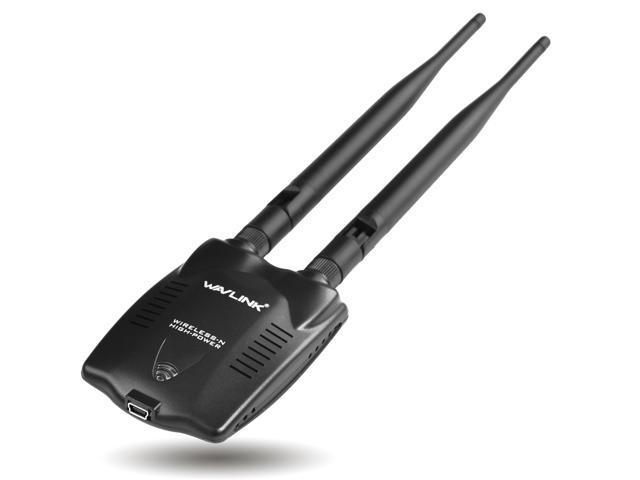
The overall results seem to demonstrate, that, while multicast support quality in different products is still varied and often requires additional configuration, it is possible to select a WiFi access point model and determine the best system parameters to ensure a good video transfer conditions in terms of acceptable QoP/E (Quality of Perception/Exellence).

At the same time there are significant differences in perception quality between multicast (1: n) and unicast (1:1) streams, and also between devices offered by different manufacturers. The results show a strong dependence of the quality of video streaming on the chosen transmission technology.
Ieee 802.11b/g/n full#
802.11e adds QoS features and multimedia support to the existing IEEE 802.11b and IEEE 802.11a wireless standards, while maintaining full backward compatibility with these. Our preliminary research showed that results obtained with currently popular simulation tools can be drastically different than these possible in real-world environment, so, in order to correctly evaluate performance of video streaming, a simple wireless test-bed infrastructure has been created. 802.11e a wireless draft standard that defines the Quality of Service support for LANs, and is an enhancement to the 802.11a and 802.11b wireless LAN (WLAN) specifications. For your convenience, the main differences between 802.11b, 802.11g, 802.11a, and 802.11n are summarized below. The aim of the work is to analyse capabilities and limitations of different IEEE 802.11 technologies (IEEE 802.11 b/g/n), utilized for both multicast and unicast video streaming transmissions directed to mobile devices. Description Baicells 1103000211 IEEE 802.11b/g/n/ac WiFi, 2.4GHz, 5G dualbands with POE output The Baicells EP3011 router has Gigabit WiFi, 2 Gigabit ETH-ports. Some Macs introduced starting in 2011 also are capable of supporting 802.11n at a theroretical maximum speed of 450 Mbps on the 5 GHz frequency thanks to three send and receive antennas.

IFIP Advances in Information and Communication Technologyīook series (IFIPAICT, volume 308) Abstract


 0 kommentar(er)
0 kommentar(er)
